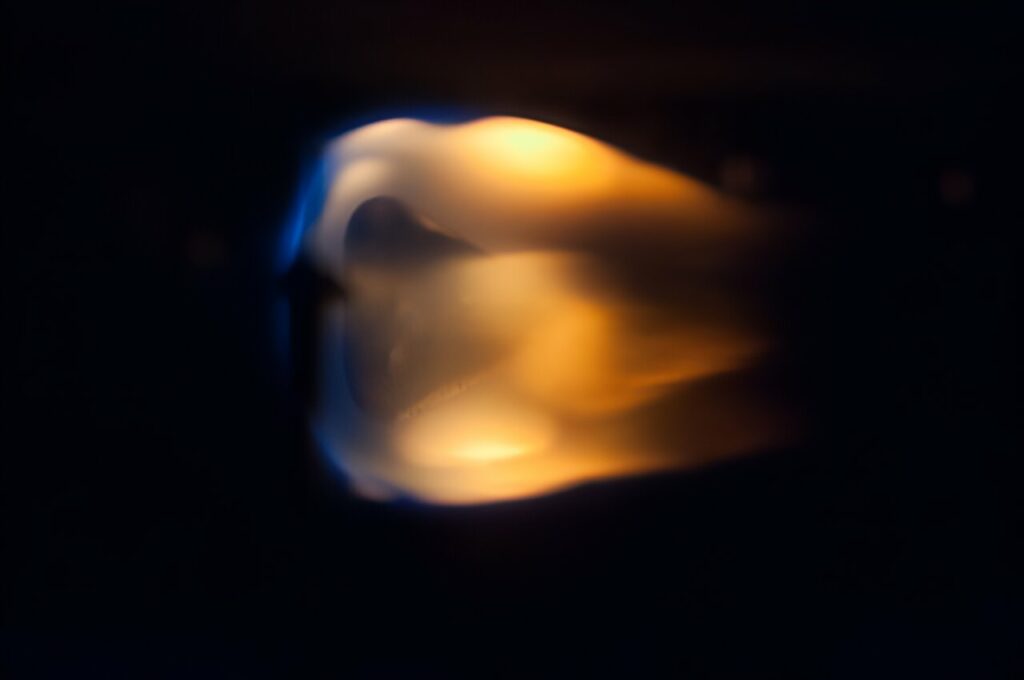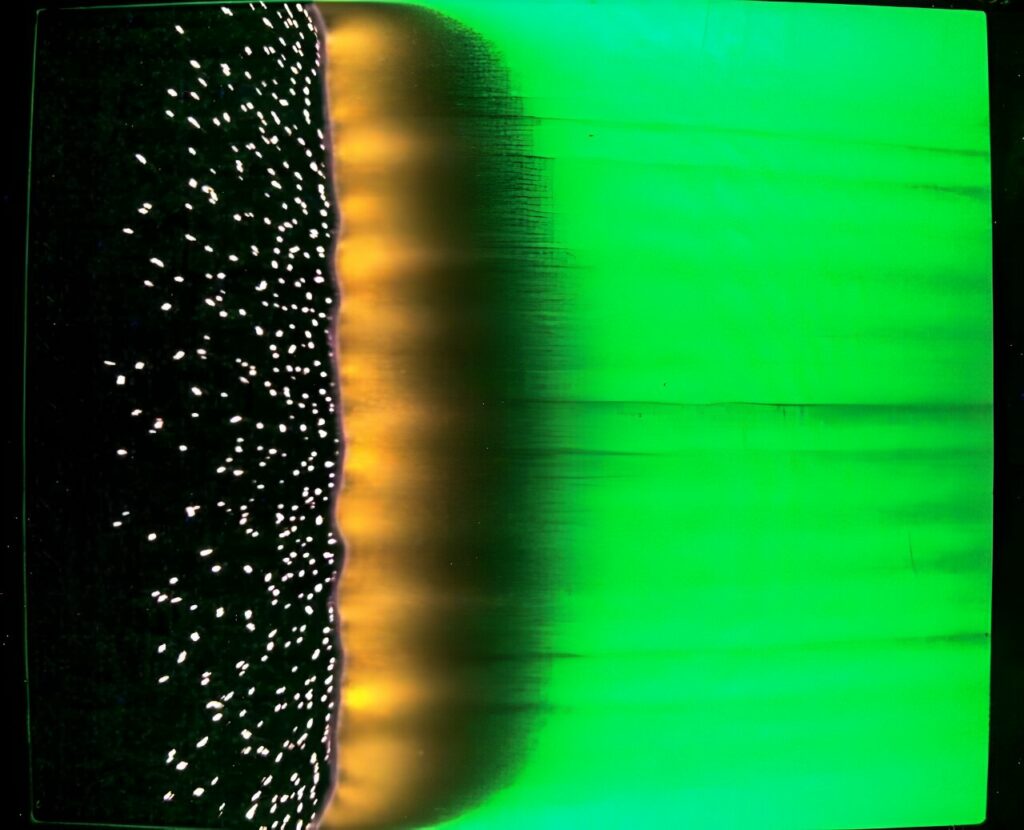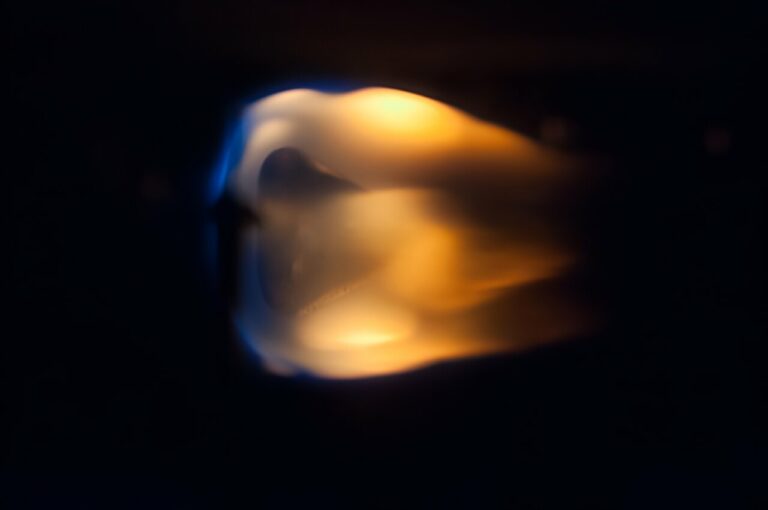Exploring Combustion Processes and Enhancing Fire Safety
Investigating Combustion Behavior and Fire Safety on the International Space Station The study of combustion in the unique microgravity environment of the International Space Station (ISS) is aiding scientists in comprehending the dynamics of fire propagation and behavior across diverse settings. This research serves to advance our knowledge of preventing and extinguishing fires in space, ensuring the safety of crew members, equipment, and spacecraft.
The outcomes of combustion investigations on the ISS play a crucial role in enhancing the safety protocols for spacecraft by informing the selection of materials for cabin construction, refining our comprehension of fire growth patterns, and identifying optimal techniques for fire suppression. Importantly, the insights gained from this research also have practical applications on Earth, contributing to improvements in fire safety measures.
Additionally, certain studies further our understanding of combustion processes for terrestrial applications, such as electricity generation and ground vehicle propulsion. The microgravity conditions on the ISS significantly impact flame behavior, presenting a distinctive environment for studying combustion. On Earth, the upward movement of hot gases and the downward pull of cooler, denser air create the familiar shape and flickering of flames due to gravity. However, in microgravity, this flow is absent, resulting in low-momentum flames exhibiting rounded or even spherical shapes on the space station. By eliminating the effects of buoyancy, microgravity provides researchers with valuable insights into specific flame behaviors, ultimately contributing to advancements in fire safety both in space and on Earth.

NASA’s Glenn Research Center oversees the development and operation of the Combustion Integrated Rack (CIR), designed to facilitate a secure and controlled setting for a diverse array of combustion experiments. Various chamber inserts, such as the Multi-user Droplet Combustion Apparatus supporting FLame Extinguishment Experiments (FLEX), the Advanced Combustion via Microgravity Experiments (ACME) insert, and the Solid Fuel Ignition and Extinction—Growth and Extinction Limit (SoFIE) chamber, enable a wide range of investigations within this facility.
The investigation conducted by FLEX, focused on assessing the efficacy of fire suppressants, unveiled a novel phenomenon known as cool flames. Under specific conditions, these flames persistently “burn” even after the visible flame has been extinguished. Unlike typical flames that yield carbon dioxide and water, cool flames generate carbon monoxide and formaldehyde. Gaining insights into the distinctive behavior of these chemically distinct flames holds the potential for advancing the development of more efficient and environmentally friendly vehicles. While cool flames on Earth extinguish rapidly, their prolonged duration in microgravity provides scientists with a unique opportunity to comprehensively study them.
FLEX-2 examined the speed of fuel droplet combustion, the conditions necessary for soot formation, and the evaporation patterns of liquid fuel mixtures before ignition. The findings from this research have the potential to enhance the safety of future spacecraft and improve fuel efficiency in liquid fuel engines on Earth.
ACME, comprising six distinct studies utilizing the Combustion Integrated Rack (CIR), delved into the realms of fuel efficiency and pollutant generation in combustion processes on Earth. Additionally, the series aimed to advance spacecraft fire prevention through an enhanced understanding of materials’ flammability.
One ACME investigation, known as Flame Design, focused on quantifying soot production under various flame conditions. Soot, a carbon residue resulting from incomplete combustion of carbon-containing materials, poses environmental and health concerns but is valuable for certain applications. The outcomes of this study could facilitate the design of flames with specific levels of soot, catering to particular needs, and contribute to the development of more efficient and environmentally friendly fuel-burning designs.
ACME’s Burning Rate Emulator (BRE) simulated the flammability of both solid and liquid materials by burning gaseous fuels under controlled conditions. The analysis of 59 BRE burn tests provided crucial data on heat transfer, flame dimensions, the impact of fuel mixture flow, and other key parameters. The results have the potential to advance the fundamental understanding of materials’ flammability and assess the effectiveness of existing methods for testing flammability in microgravity.

The Burning and Suppression of Solids (BASS) investigation was among the initial studies aimed at understanding the extinguishment of burning fuels in microgravity. Extinguishing fires in space requires a consideration of flame geometry, material characteristics, and the methods employed for extinguishing, as conventional ground-based methods may prove ineffective or potentially exacerbate the flame.
BASS-II delved into the examination of various fuel samples to assess whether materials burn similarly in microgravity compared to normal gravity, given specific conditions. Numerous papers have presented findings from BASS-II, shedding light on distinctions between flame spread and fuel regression, as well as the comparison of flame spread rates.
SoFIE-GEL explores the impact of fuel temperature on material flammability. Researchers note that observations from the experiments align with trends predicted by models. This inaugural investigation in a series tested diverse fuels, including flat sheets, thick slabs, cylinders, and spheres.
The Saffire series comprises experiments conducted on uncrewed Cygnus cargo spacecraft following their departure from the station, enabling the testing of larger fires without jeopardizing crew members’ safety. The findings regarding flame spread in microgravity serve to determine the rate of heat release within a spacecraft, revealing that a reduction in pressure decelerates the spread of fire.
The Confined Combustion experiment, backed by the ISS National Lab, investigates flame spread in confined spaces of varying shapes. Confinement exerts influence on fire characteristics and hazards. Researchers present detailed insights into the interactions between flames and surrounding walls, as well as the fate of the flame, whether it grows or extinguishes.
These outcomes offer valuable guidance for the design of structures, formulation of fire safety codes, and response strategies both in space and on Earth. Furthermore, certain results indicate that confinement can either enhance or diminish the flammability of solid fuels, depending on specific conditions.
FLARE, a study sponsored by the Japan Aerospace Exploration Agency (JAXA), similarly assesses the flammability of materials in microgravity, with the potential to significantly enhance fire safety on forthcoming missions. Research on flame studies plays a pivotal role in ensuring the safety of space crews. Moreover, it holds the promise of achieving more efficient combustion, thereby reducing pollutants and creating flames that are more efficient for applications on Earth, such as heating and transportation.
This article is republished from PhysORG under a Creative Commons license. Read the original article.
Do not forget to share your opinion with us to provide you with the best posts !




0 Comments